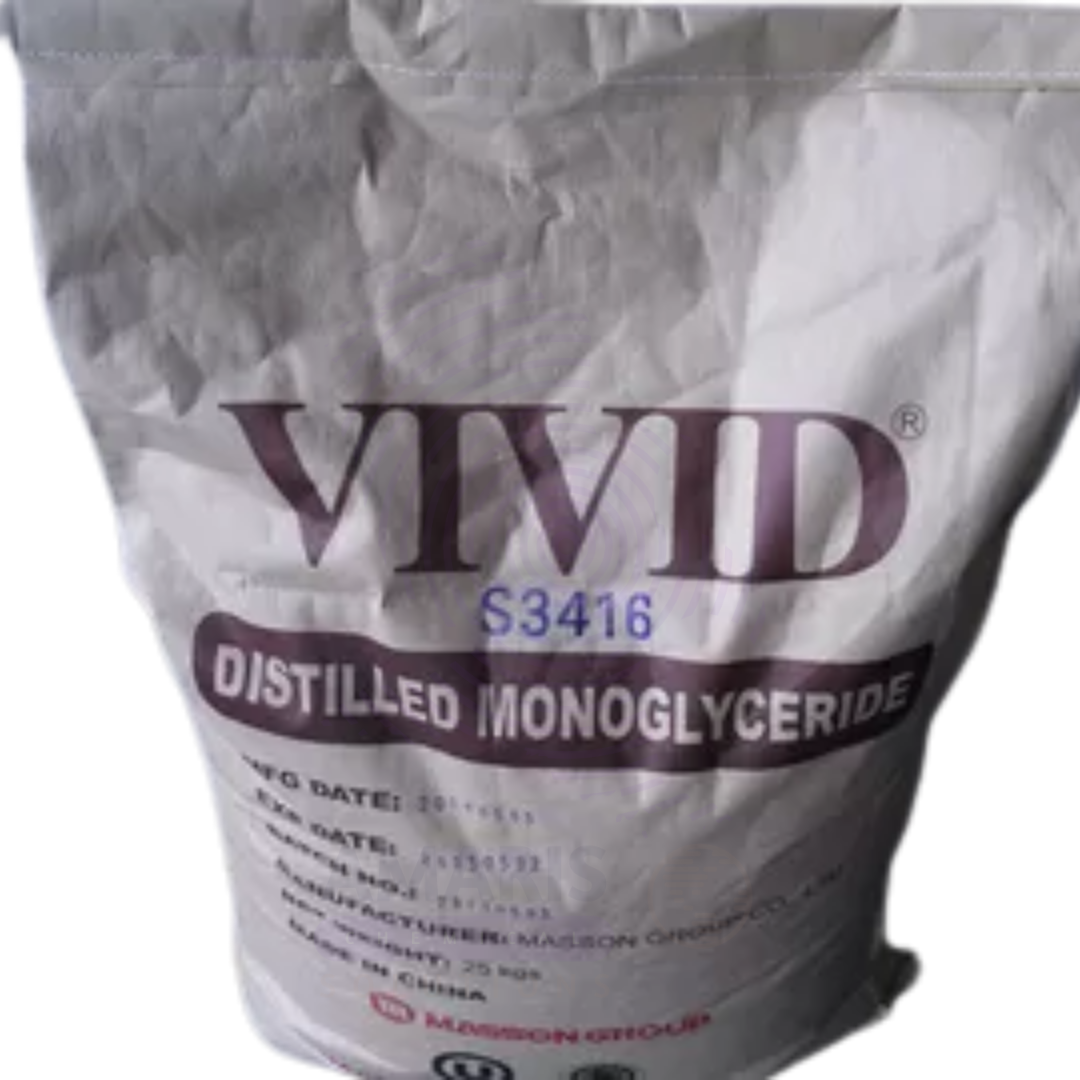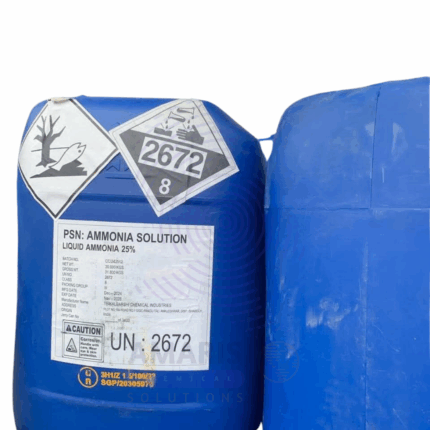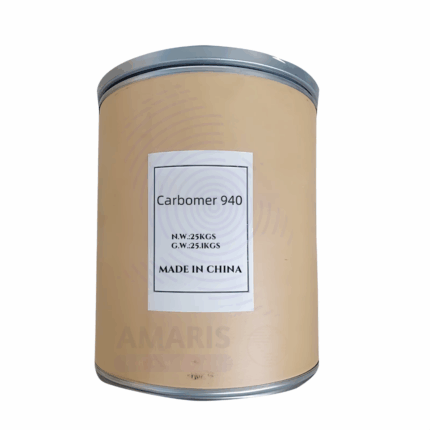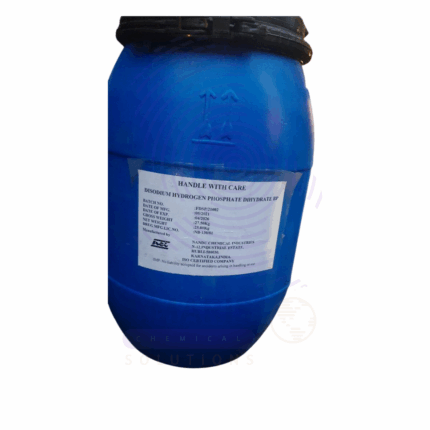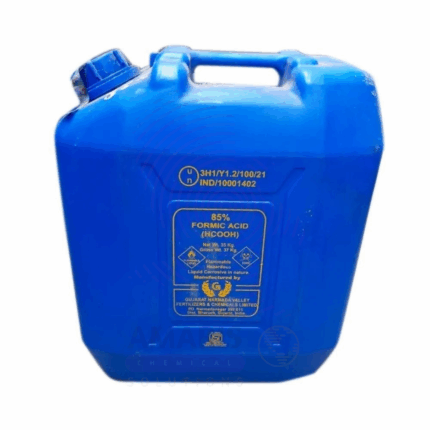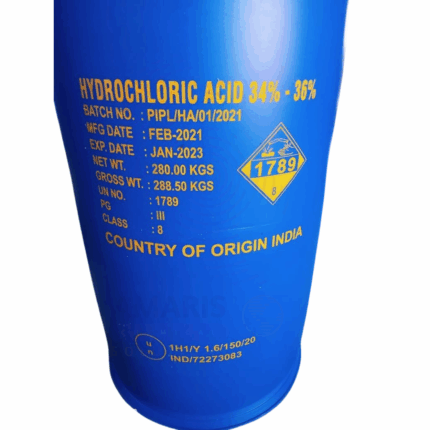Back to products
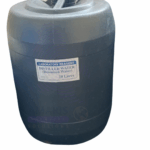

Distilled Water
$ 1.00 Original price was: $ 1.00.$ 0.33Current price is: $ 0.33.
Distilled Monoglycerides Remosoft
$ 0.45 Original price was: $ 0.45.$ 0.33Current price is: $ 0.33.
Whatsapp Order
Distilled Monoglycerides Remosoft are purified monoglycerides derived from the glycerolysis of edible fats and oils, followed by a distillation process that removes impurities and enhances purity. They are colorless to pale yellow, odorless, and possess excellent emulsifying properties. DMG is widely used in food, pharmaceutical, and cosmetic industries due to its surface-active properties, ability to stabilize emulsions, and function as an anti-caking and lubricating agent. The distilled grade ensures high purity and low free fatty acid content, making it suitable for sensitive applications.
Description
Table of Contents
Toggle
Distilled Monoglycerides Remosoft
Primary Uses
- Food Industry
- Used as an emulsifier in bakery products to improve dough stability, volume, and crumb softness.
- Stabilizes emulsions in margarine, spreads, and shortenings, enhancing texture and shelf life.
- Functions as a dispersing agent in chocolate and confectionery to improve mouthfeel and prevent fat bloom.
- Used in dairy products (ice cream, whipped cream) to enhance creaminess and prevent fat separation.
- Acts as an anti-caking agent in powdered mixes and seasoning blends.
- Used as a release agent in baking to prevent sticking.Pharmaceutical Industry
- Employed as an emulsifying agent in ointments, creams, and suspensions for improved drug delivery and stability.
- Used in encapsulation processes and controlled release formulations.
- Acts as a lubricant and binder in tablet manufacturing.Cosmetics & Personal Care
- Incorporated into creams, lotions, and makeup products as an emulsifier and texture enhancer.
- Provides skin-conditioning and moisturizing effects.
- Used in hair care products to stabilize emulsions and improve spreadability.Industrial Applications
- Used as a lubricant and dispersing agent in plastics and rubber processing.
- Employed in the production of biodegradable lubricants and surface treatments.
- Acts as a stabilizer and emulsifier in industrial coatings and inks.
Secondary Uses
- Animal Feed
- Used as an emulsifier and energy source in animal feed formulations to improve nutrient absorption.Nutraceuticals & Supplements
- Incorporated in dietary supplements as an emulsifier and carrier for fat-soluble vitamins.Food Packaging
- Used in coatings and films to improve moisture barrier properties.
Additional information
| PACK SIZE |
20ltrs |
|---|
KEY PRODUCT FEATURES
1. Basic Identification Attributes
- Chemical Name (IUPAC): Monoacylglycerols (primarily 1-monoglycerides)
- Common/Trade Name: Distilled Monoglycerides, DMG
- CAS Number: 123-94-4 (varies depending on specific fatty acid composition)
- HS Code: 3823.19.90
- Molecular Formula: Variable (general structure C₃H₅(OH)₂–O–R, where R is a fatty acid chain)
- Synonyms:
- Monoacylglycerols
- Glycerol monostearate (common component)
- Purified monoglycerides
2. Physical & Chemical Properties
- Physical State: Light yellow to pale amber viscous liquid or semi-solid waxy flakes
- Odor: Mild fatty odor, generally odorless in high purity
- Melting Point: 55–65°C (depending on fatty acid composition)
- Solubility: Insoluble in water; soluble in oils, alcohols, and organic solvents
- HLB Value: Typically 3–6, suitable for water-in-oil and oil-in-water emulsions
- Stability: Stable under normal storage; sensitive to high temperatures and oxidation
3. Safety & Hazard Attributes
- Hazard Class (GHS): Not classified as hazardous
- Toxicity: Generally recognized as safe (GRAS) for food use
- Exposure Limits: No specific occupational limits established
4. Storage & Handling Attributes
- Storage Conditions: Store in a cool, dry place, away from heat and direct sunlight
- Container Type: Metal drums, plastic containers, or foil-lined bags
- Shelf Life: 12–24 months if stored properly
- Handling Precautions: Avoid moisture and contamination; handle with standard hygiene practices
5. Regulatory & Compliance Attributes
- FDA Status: Approved as a food additive and emulsifier (GRAS status)
- Compliant with food-grade and pharmaceutical-grade standards (USP/NF)
- REACH Registered and compliant
6. Environmental & Health Impact
- Ecotoxicity: Low; biodegradable and environmentally friendly
- Persistence: Biodegradable
- Bioaccumulation: Not expected
- Carcinogenicity/Mutagenicity: Not classified
SAFETY HANDLING PRECAUTIONS
Safety Handling Precautions
PPE Required:
- Gloves (nitrile or latex)
- Safety goggles
- Lab coat or apron
Handling Guidelines:
- Avoid contact with skin and eyes
- Use in well-ventilated areas
- Prevent contamination with water or incompatible substances
Storage Measures:
- Keep containers tightly closed
- Store away from moisture and heat sources
- Avoid prolonged exposure to air to prevent oxidation
Hygiene Practices:
- Wash hands thoroughly after handling
- Do not eat, drink, or smoke in the handling area
- Maintain cleanliness to prevent cross-contamination
First Aid Measures
- Inhalation: Move to fresh air; unlikely to be harmful but seek medical advice if irritation occurs
- Skin Contact: Wash with soap and water; seek medical attention if irritation persists
- Eye Contact: Rinse immediately with plenty of water for at least 15 minutes; consult physician if irritation continues
- Ingestion: Rinse mouth; not expected to be toxic; seek medical advice if large quantities ingested
Firefighting Measures
- Fire Hazards: Combustible; may ignite at high temperatures
- Extinguishing Media: Foam, dry chemical, CO₂, or water spray
- Special Precautions: Avoid inhaling smoke or fumes; use self-contained breathing apparatus if necessary
- Decomposition Products: Carbon monoxide, carbon dioxide, and fatty acid vapors upon combustion
Related products
Ammonia solution
Ammonia solutions, often referred to as aqueous ammonia or ammonium hydroxide, are clear, colorless liquids consisting of ammonia gas dissolved in water. The concentration of ammonia in these solutions typically ranges from 5% to 35% by weight. Ammonia solutions possess a pungent odor characteristic of ammonia gas and are alkaline with a pH typically between 11 and 12.5. This solution is widely used across various industries due to its excellent cleaning properties, reactivity, and role as a nitrogen source.
Calcium Chloride
Calcium Chloride is an inorganic salt composed of calcium and chlorine with the chemical formula CaCl₂. It typically appears as a white crystalline solid or granular powder, highly soluble in water and exhibiting strong hygroscopic properties. Calcium Chloride is widely used for its moisture-absorbing ability, de-icing, dust control, and as a firming agent in food processing. It finds extensive applications across industrial, pharmaceutical, agricultural, and food sectors due to its efficacy in modifying physical and chemical properties of products and environments.
Carbomer
Carbomer is a high molecular weight, crosslinked polyacrylic acid polymer used primarily as a rheology modifier, thickening agent, and suspension stabilizer. Supplied as a fluffy white powder, it exhibits high viscosity and excellent clarity when neutralized and dispersed in water or alcohol-water systems. Carbomer 940 is widely valued for its ability to form clear gels, control flow properties, and stabilize emulsions. It is commonly used in cosmetics, personal care, pharmaceuticals, and household formulations due to its consistency, compatibility, and efficient thickening performance at low concentrations.
Carboxymethyl Cellulose Food Grade
Carboxymethyl Cellulose Food Grade is a water-soluble cellulose derivative produced by the etherification of cellulose with monochloroacetic acid. It appears as a fine, white to off-white powder with excellent thickening, stabilizing, and water retention properties. Designed specifically for food applications, this grade complies with food safety regulations and is widely used as a texture modifier, stabilizer, and emulsifier in a variety of processed foods. It enhances product consistency, extends shelf life, and improves moisture retention without altering taste or odor. Being non-toxic, biodegradable, and non-caloric, it is considered safe for human consumption and is approved as a food additive in many countries.
Disodium Hydrogen Phosphate Dihydrate
Disodium Hydrogen Phosphate Dihydrate is the hydrated form of disodium hydrogen phosphate, a white crystalline powder commonly used as a buffering agent, emulsifier, and sequestrant. The dihydrate form contains two water molecules per formula unit, which affects its physical properties such as melting point and solubility. It is widely applied in food, pharmaceutical, water treatment, and industrial processes to maintain pH stability, improve texture, and supply essential sodium and phosphate ions.
Formic Acid
Formic Acid (methanoic acid) is the simplest carboxylic acid, typically supplied as an 85% aqueous solution. It is a colorless liquid with a pungent, penetrating odor and strong acidic properties. Formic Acid naturally occurs in insect stings and plant secretions and is widely used in chemical synthesis, agriculture, textile, leather, and rubber industries. The 85% solution balances potency and safe handling for industrial applications. It serves as a preservative, antibacterial agent, and intermediate chemical in numerous manufacturing processes.
Hydrochloric Acid
Hydrochloric Acid HCL is a highly corrosive, strong mineral acid consisting of hydrogen chloride gas dissolved in water to a concentration of approximately 33% by weight. It appears as a clear, colorless to slightly yellow liquid with a sharp, pungent odor. HCl 33% is widely used in industrial, chemical, and laboratory applications due to its strong acidic properties, high reactivity, and versatility. It plays a crucial role in pH control, metal processing, chemical synthesis, and cleaning processes across numerous sectors.
Sodium Bicarbonate
Sodium Bicarbonate, commonly known as Baking Soda, is a white crystalline powder with a mildly alkaline taste. It is widely used across multiple industries for its excellent buffering, neutralizing, and leavening properties. This compound is safe for food applications and also finds uses in pharmaceuticals, cleaning, and industrial processes. Its ability to react with acids releasing carbon dioxide makes it essential for baking and other chemical applications.


 Preservatives(food)
Preservatives(food) Flavor Enhancers
Flavor Enhancers Acidulants
Acidulants Sweeteners
Sweeteners Antioxidants
Antioxidants Colorants(food)
Colorants(food) Nutraceutical Ingredients (food)
Nutraceutical Ingredients (food) Nutrient Supplements
Nutrient Supplements Emulsifiers
Emulsifiers
 Collectors
Collectors Dust Suppressants
Dust Suppressants Explosives and Blasting Agents
Explosives and Blasting Agents Flocculants and Coagulants
Flocculants and Coagulants Frothers
Frothers Leaching Agents
Leaching Agents pH Modifiers
pH Modifiers Precious Metal Extraction Agents
Precious Metal Extraction Agents
 Antioxidants(plastic)
Antioxidants(plastic) Colorants (Pigments, Dyes)
Colorants (Pigments, Dyes) Fillers and Reinforcements
Fillers and Reinforcements Flame Retardants
Flame Retardants Monomers
Monomers Plasticizers
Plasticizers Polymerization Initiators
Polymerization Initiators Stabilizers (UV, Heat)
Stabilizers (UV, Heat)
 Antifoaming Agents
Antifoaming Agents Chelating Agents
Chelating Agents Coagulants and Flocculants
Coagulants and Flocculants Corrosion Inhibitors
Corrosion Inhibitors Disinfectants and Biocides
Disinfectants and Biocides Oxidizing Agents
Oxidizing Agents pH Adjusters
pH Adjusters Scale Inhibitors( water)
Scale Inhibitors( water)
 Antioxidants(cosmetic)
Antioxidants(cosmetic) Emollients
Emollients Fragrances and Essential Oils
Fragrances and Essential Oils Humectants
Humectants Preservatives
Preservatives Surfactants(cosmetic)
Surfactants(cosmetic) Thickeners
Thickeners UV Filters
UV Filters
 Fertilizers
Fertilizers Soil Conditioners
Soil Conditioners Plant Growth Regulators
Plant Growth Regulators Animal Feed Additives
Animal Feed Additives Biostimulants
Biostimulants Pesticides (Herbicides, Insecticides, Fungicides)
Pesticides (Herbicides, Insecticides, Fungicides)
 Active Pharmaceutical Ingredients (APIs)
Active Pharmaceutical Ingredients (APIs) Excipients
Excipients Solvents(pharmaceutical)
Solvents(pharmaceutical) Antibiotics
Antibiotics Antiseptics and Disinfectants
Antiseptics and Disinfectants Vaccine Adjuvants
Vaccine Adjuvants Nutraceutical Ingredients (pharmaceutical)
Nutraceutical Ingredients (pharmaceutical) Analgesics & Antipyretics
Analgesics & Antipyretics
 Analytical Reagents
Analytical Reagents Solvents(lab)
Solvents(lab) Chromatography Chemicals
Chromatography Chemicals Spectroscopy Reagents
Spectroscopy Reagents microbiology-and-cell-culture-reagents
microbiology-and-cell-culture-reagents Molecular Biology Reagents
Molecular Biology Reagents Biochemical Reagents
Biochemical Reagents Inorganic and Organic Standards
Inorganic and Organic Standards Laboratory Safety Chemicals
Laboratory Safety Chemicals Specialty Laboratory Chemicals(Special Laboratory Equipment)
Specialty Laboratory Chemicals(Special Laboratory Equipment)
 Demulsifiers
Demulsifiers Hydraulic Fracturing Fluids
Hydraulic Fracturing Fluids Scale Inhibitors(oil)
Scale Inhibitors(oil) Surfactants(oil)
Surfactants(oil) Drilling Fluids
Drilling Fluids
 Dyes and Pigments
Dyes and Pigments Bleaching Agents
Bleaching Agents Softening Agents
Softening Agents Finishing Agents
Finishing Agents Antistatic Agents
Antistatic Agents
 Admixtures
Admixtures Waterproofing Agents
Waterproofing Agents Sealants and Adhesives
Sealants and Adhesives Curing Compounds
Curing Compounds Concrete Repair Chemicals
Concrete Repair Chemicals Anti-Corrosion Coatings
Anti-Corrosion Coatings
 Surfactants(cleaning)
Surfactants(cleaning) Builders
Builders Enzymes
Enzymes Solvents (Cleaning)
Solvents (Cleaning) Fragrances
Fragrances
 Electronic Chemicals
Electronic Chemicals Catalysts
Catalysts Lubricants
Lubricants Photographic Chemicals
Photographic Chemicals Refrigerants
Refrigerants Automotive chemicals
Automotive chemicals Pyrotechnic Chemicals
Pyrotechnic Chemicals
 Biodegradable Surfactants
Biodegradable Surfactants Bio-based Solvents
Bio-based Solvents Renewable Polymers
Renewable Polymers Carbon Capture Chemicals
Carbon Capture Chemicals Wastewater Treatment Chemicals
Wastewater Treatment Chemicals
 Pigments
Pigments Solvents(paint)
Solvents(paint) Specialty Coatings
Specialty Coatings Binders/Resins
Binders/Resins Additives
Additives Driers
Driers Anti-Corrosion Agents
Anti-Corrosion Agents Functional Coatings
Functional Coatings Application-Specific Coatings
Application-Specific Coatings
 Fresh Herbs
Fresh Herbs Ground Spices
Ground Spices Whole Spices
Whole Spices Spice Blends
Spice Blends Dried Herbs
Dried Herbs
 Leavening Agents
Leavening Agents Dough Conditioners
Dough Conditioners Flour Treatments
Flour Treatments Fat Replacers
Fat Replacers Decoratives
Decoratives Preservatives(baking)
Preservatives(baking)
 Plasticizers & Softeners
Plasticizers & Softeners Reinforcing Agents
Reinforcing Agents Adhesion Promoters
Adhesion Promoters Vulcanizing Agents
Vulcanizing Agents Antidegradants
Antidegradants Blowing Agents
Blowing Agents Fillers & Extenders
Fillers & Extenders Accelerators & Retarders
Accelerators & Retarders